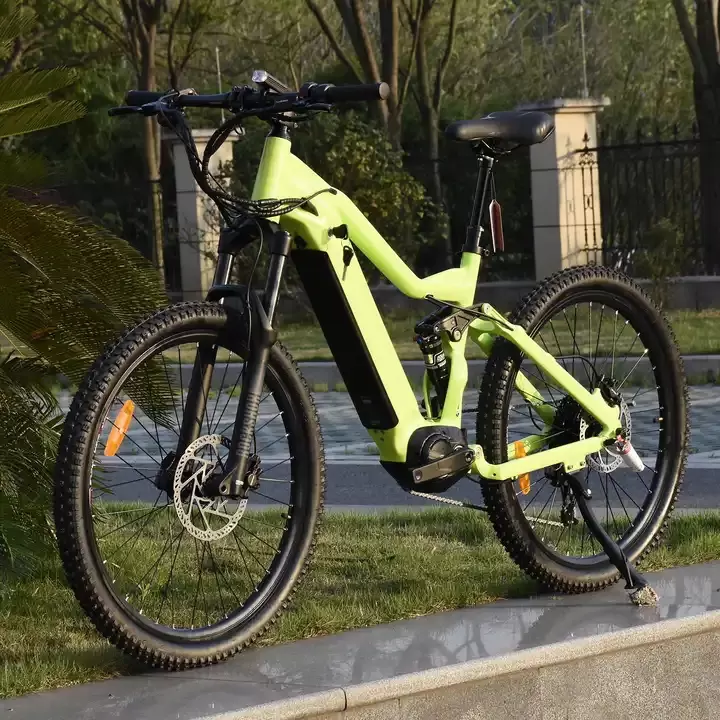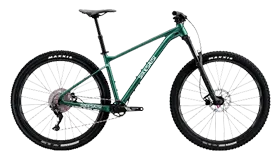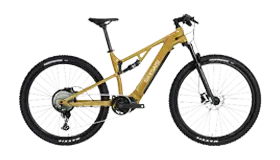Several issues worth noting when changing bicycle tire size and thickness
I don’t have a big budget but want to change my riding experience. When replacing tires, what should I pay attention to in terms of size and thickness?
Before changing to a larger tire, first confirm the assembly clearance of the frame and front fork.
When changing tire size, the most important thing is the amount of clearance. The amount of clearance refers to the gap space between the frame, the front fork and the rim. If the size of the tire is not appropriate, the tire will hit the brake or the front fork will hit each other.
The type of rim brake also has a smaller amount of clearance.
Pay special attention to the type of rim brake, as caliper brakes usually have a small amount of clearance from the tire. Conversely, the disc brake type that is increasingly used on road bikes and MTB has much larger clearances and a wider range of tire choices.
In addition, some bicycles have mudguards. If the tires are changed to larger sizes, they will hit the mudguards, so be sure to take this into account at this time.
If the tire touches the frame after being replaced and installed, the wheel will basically not be able to rotate and it will not be able to be ridden at all. Therefore, it is necessary to confirm the clearance of the frame and front fork in advance to avoid buying inappropriate specifications and causing trouble later.
Confirm wheel size
Bicycle wheel sets have appropriate tire size regulations.
Wheel specifications and how to confirm the corresponding tires from the configuration.
Important points when increasing tire size
As the size of the outer tire increases, the inner tube also needs to be enlarged accordingly. The overall weight will become heavier, so it is recommended to use a lighter inner tube. Using a lightweight inner tube can offset the increased weight of the outer tire.
It is recommended that natural latex inner tubes and polyurethane inner tubes (TPU inner tubes) are good choices as lightweight upgrades.
On the other hand, for thick tires such as large-grain tires and MTB tires, the inner and outer tires themselves have weight. In most cases, this can be reduced by more than 100g after replacing the tubeless tires.

Q.If the tires are thicker, how much clearance should be left between the frame and the front fork?
A.
Generally speaking, road bikes should have a gap of 3-5mm when mainly used on paved roads. For large tire models and MTB, it is better to leave a gap of at least 1cm. This is also because when the tire is riding, Chinese sand and gravel foreign matter will be attached to fill the gap, and there is a possibility of scratching the frame when the wheel rotates.
Therefore, when changing the tire size, it is best to confirm the "recommended tire size" specified by the frame, front fork, etc. manufacturers before changing.
Q.Is it okay to use smaller tires than the original ones?
A.
If you want to change to smaller tires, the most important thing is whether the rim can cope with it, rather than the problem of the frame and fork.
For example, if the width of the rim is 25mm and a 23C or other inner tube smaller than the width of the rim is used, the tire lip may come out after installation, so the installation size should be selected according to the recommended installation size of the rim manufacturer.
When replacing thin tires, it is best to follow the size recommended by the rim manufacturer. If you do not know the recommended size of the rim, there is no problem in choosing one within the general "rim width x 1.4~2.4" range. Use the appropriate size.










